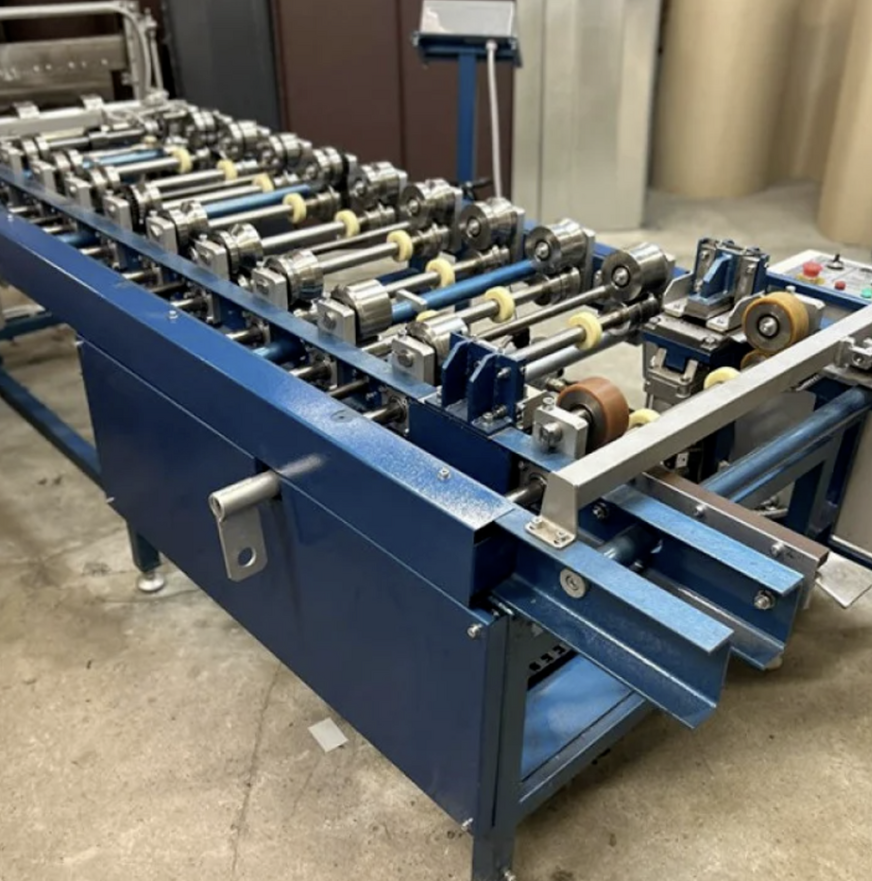Snaplock standing seam panels are a popular choice for residential and commercial roofing due to their sleek appearance, durability, and weather resistance. Proper installation is crucial to ensure the roof’s longevity and effectiveness.
Tools and Materials Needed
- Snaplock standing seam panels
- Measuring tape
- Chalk line
- Metal snips
- Drill and screws (specific to the metal panels)
- Metal roofing clips (Snaplock-compatible)
- Roofing underlayment
- Sealant (metal roofing-compatible)
- Roofing gloves
- Ladder and safety harness
- Metal brake (optional, for edge bending)
- Foam closures
- Ridge cap, eave trim, and sidewall flashing
Step-by-Step Installation
1. Prepare the Roof Surface
- Inspect the Roof Deck: Ensure the surface is clean, flat, and free from debris or nails that could damage the underlayment or panels.
- Install Roofing Underlayment: Roll out a waterproof underlayment across the roof deck, overlapping edges by 3-4 inches. Secure it with roofing nails or staples, ensuring no wrinkles.
2. Measure and Plan
- Measure the Roof Dimensions: Use a measuring tape to measure the roof area and calculate the number of panels required, accounting for overlaps and trims.
- Mark Layout Lines: Use a chalk line to create straight reference lines for the first panel to ensure proper alignment.
3. Install Starter Trim
- Position the Starter Trim: Attach the starter trim along the eave edge. This piece will lock the bottom of the first panel in place and help guide water off the roof.
- Secure the Trim: Use screws to fasten the starter trim to the deck, ensuring it is straight and level.
4. Install Roofing Clips
- Place the Clips: Position Snaplock-compatible clips along the chalk line, spacing them according to the manufacturer’s instructions (usually 12-24 inches apart).
- Secure the Clips: Use screws to secure the clips to the roof deck. Ensure each clip is properly aligned to allow the panels to snap into place.
5. Install the Snaplock Panels
- Position the First Panel: Start at one end of the roof, aligning the first panel with the chalk line. Ensure the panel’s edge locks into the starter trim.
- Snap the Panel onto Clips: Push down firmly along the panel’s seam to snap it into the installed clips. You should hear a click, indicating a secure fit.
- Secure the Panels: Attach screws at the panel’s concealed fastener locations or at the clips as recommended.
- Overlap Panels: Align the next panel's edge with the seam of the first panel, ensuring it snaps securely into place.
6. Install Flashing and Closures
- Eave Trim: Attach eave trim at the roof's edge for water runoff.
- Ridge Cap: Install a foam closure strip under the ridge cap to prevent water infiltration, then secure the cap with screws.
- Sidewall Flashing: Where the roof meets a vertical wall, install sidewall flashing to create a watertight seal.
7. Apply Sealant
- Seal the Seams: Apply a metal roofing-compatible sealant along all seams, edges, and trim to ensure watertight connections.
- Inspect Closures: Verify that foam closures are snugly fitted to prevent leaks and keep out pests.
8. Final Inspection
- Check Alignment: Ensure all panels are straight and evenly spaced.
- Verify Fasteners: Check that all screws and clips are secure and not overtightened, which can warp the panels.
- Inspect Seals: Confirm that all edges, seams, and flashing are properly sealed.
Tips for Proper Alignment and Sealing
- Start Straight: Begin with precise measurements and straight chalk lines to avoid misalignment as you progress.
- Consistent Panel Overlap: Ensure each panel overlaps correctly to maintain a uniform appearance and prevent gaps.
- Use Foam Closures: These are essential for sealing ridges and edges while allowing for expansion and contraction.
- Avoid Over-Tightening Screws: This can distort the metal panels and compromise the seal.
- Seal Exposed Edges: Apply sealant generously at all flashing and trim intersections for optimal water resistance.
Maintenance Tips
- Regularly inspect the roof for loose screws, damaged panels, or deteriorating sealant.
- Clean the panels periodically to remove debris and maintain their appearance.
By following these steps and tips, you can successfully install Snaplock standing seam panels for a durable, visually appealing roof that provides superior protection against the elements.



